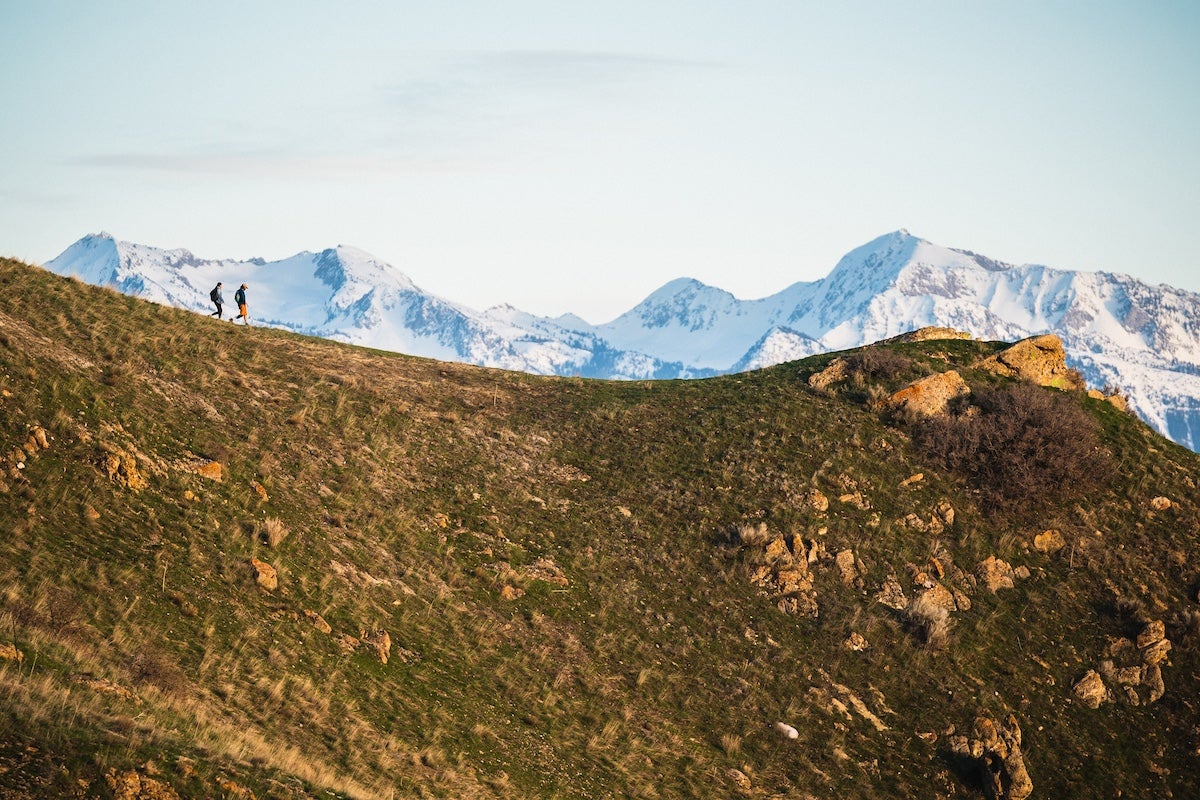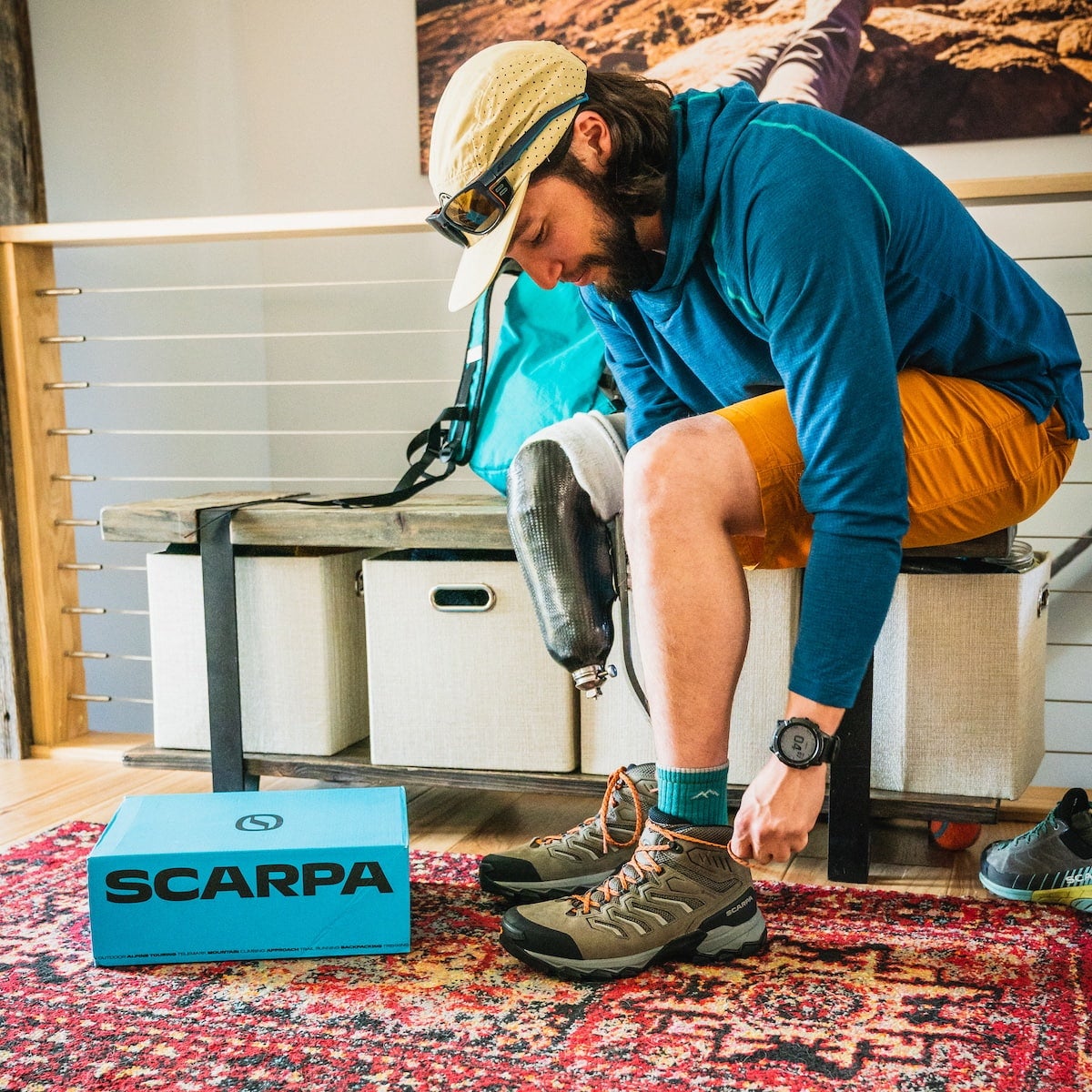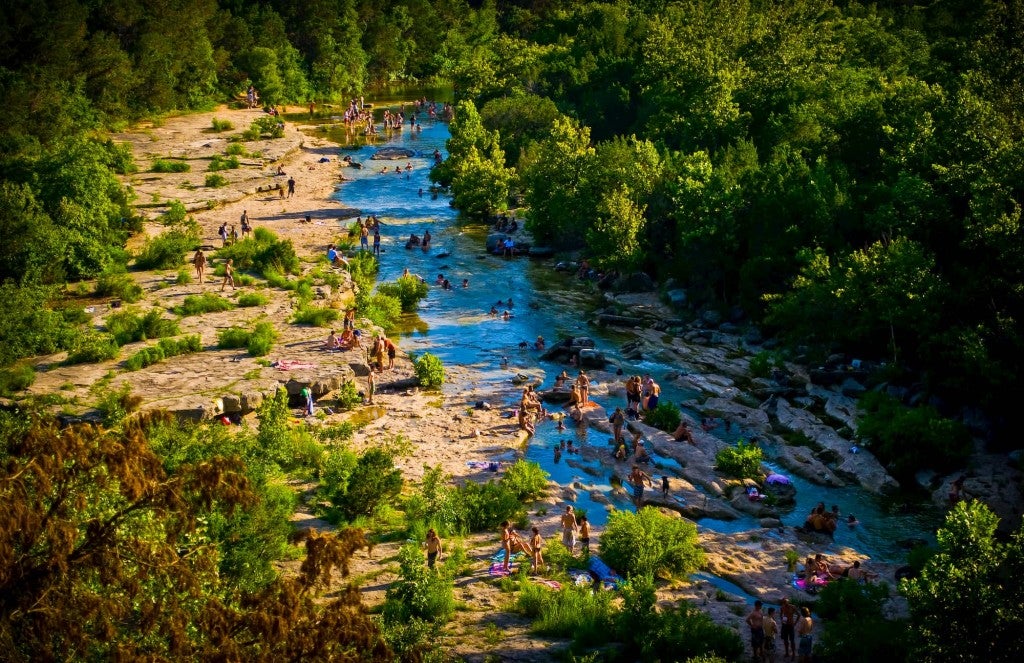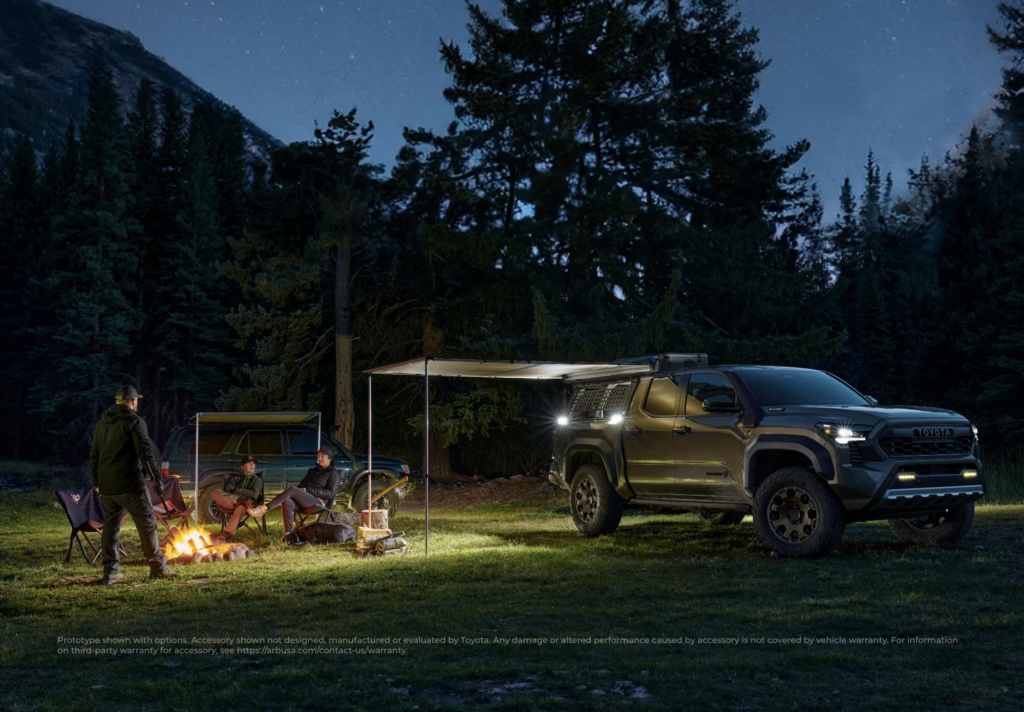This article about essential hiking tips is brought to you by SCARPA.
Are you ready to swap your screen time for some serene time?
Whether you’re a fresh-faced hiker with brand-new boots or a grizzled trail veteran whose seen more mountain tops than a bald eagle, this is your go-to guide for leveling up your hiking game.
We’ve pulled together some tried-and-true bits of wisdom. And our friends at SCARPA have footwear recommendations to match, no matter what level of hiker you are.
So, let’s dive in and talk about how you can hit the trails with savvy, safety, and a smidge of swagger.
Must-Know Hiking Tips – Beginner to Advanced
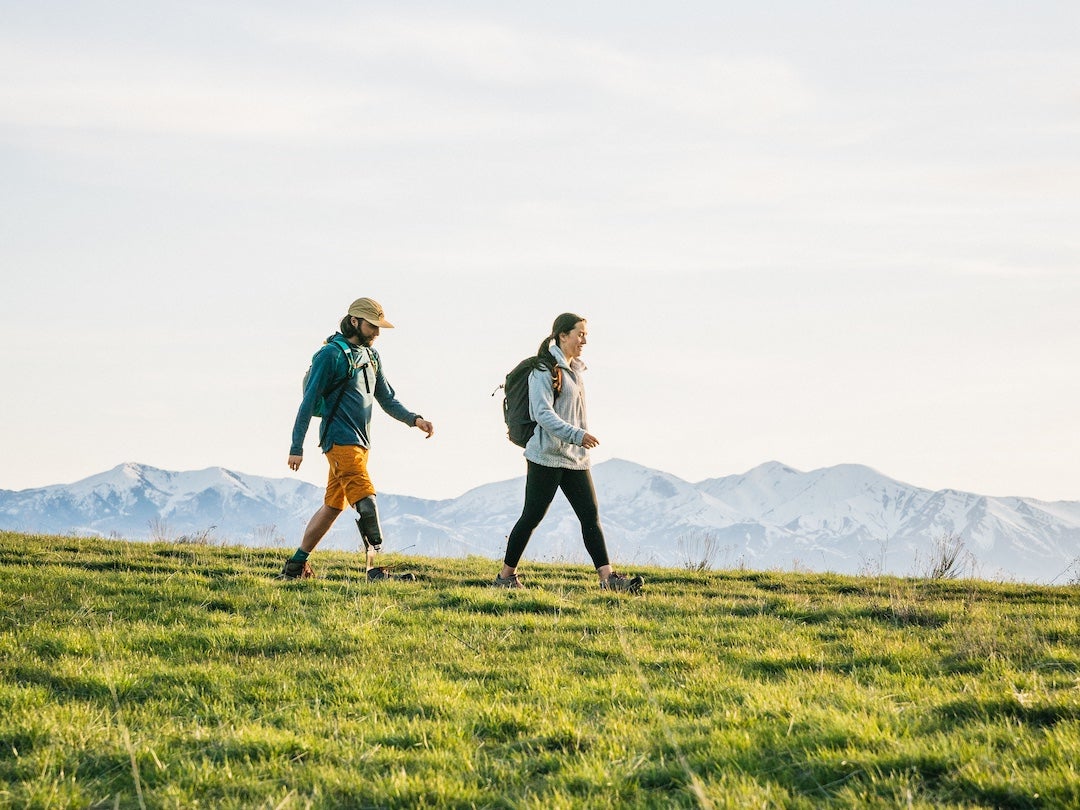
If you’re a true beginner, it’s very important to choose the right trails. The unknown is your enemy. Look for popular trails that have plenty of reviews & information readily available. You want established trails, known routes, clear signage, and minimal elevation changes.
Make sure you start with short-distance hikes. Practice makes perfect, so start easy and work your way up. This will help you avoid injuries from overexertion, and you’ll build up your endurance and confidence for harder hikes in the future.
For casual weekend hikers, we’d suggest trying out SCARPA’s Rush 2 GTX hiking shoes, available in Men’s & Women’s versions. They give you that lightweight feel of a running shoe, while still providing the traction and support of a hiking boot. Plus they’ve got guaranteed waterproof protection, as the cherry on top.
Don’t Test Mother Nature
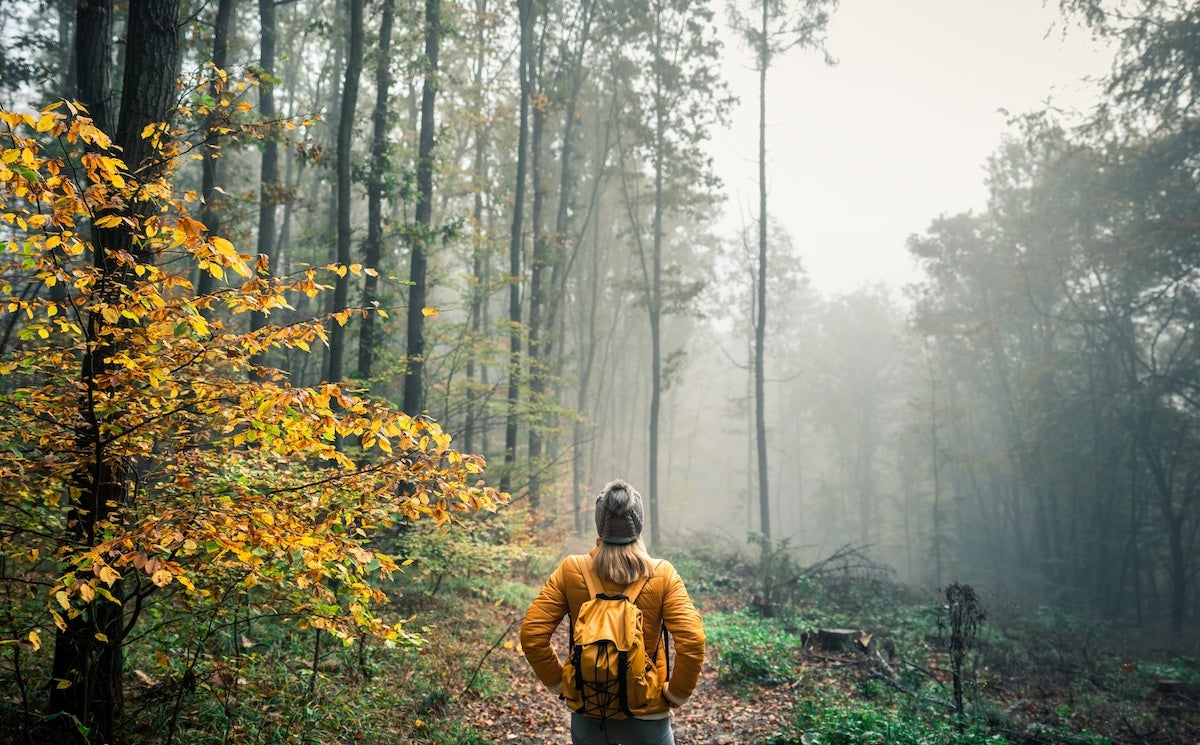
Weather conditions can change rapidly, especially in mountainous areas, and being caught unprepared can be dangerous. Starting early in the morning is a smart strategy that can help avoid weather changes that typically come later in the day. Ensure you have the appropriate gear for the expected conditions, and if severe weather is anywhere on the forecast, it’s best to postpone your hike.
Dress For The Job
The right footwear and clothing will make a huge difference in your comfort and safety on the trail. Hiking in clothes that are made of moisture-wicking fabric is your best move. A good rule of thumb is: hike in clothes that you would wear to the gym. Stay away from jeans or thick cotton. Seriously. It can damn-near ruin your whole experience if it rains, or if the sun comes out and temperatures rise quickly. And if you’ll be in cold weather, just add additional layers of athletic wear. Don’t fall for the false comforts of heavy denim/cotton when you’re heading out for a hike.
Footwear Matters
A good pair of hiking boots or trail shoes is as essential as it gets. You need support, protection from the elements, and reliable traction on a variety of terrains. That said, hiking shoes vary wildly, and should be chosen carefully. Take time to think about the kinds of terrain you plan to hike on, what time of the year you usually hike, what weather conditions you see most often, etc.
The uber-popular “Rush” line of SCARPA shoes is popular for good reason. They have different style options that work for beginner hikers, all the way up to veteran trailblazers.
Earlier, we recommended the Rush 2 GTX shoes, but if you’d like a bit more ankle support, weather protection, and an upgrade to overall stability, the Rush Mid 2 GTX is an excellent choice. It’s an all-arounder that will work great for the vast majority of hikers out there.
But wait, we have breaking news.
SCARPA is launching something seriously cool and innovative…like potentially life-saving levels of innovation.
It’s called, The Moraine. And it’s another, waterproof, lightweight hiking shoe. But this shoe has a hidden trick. It has something called a “RECCO reflector”, which in short, means that a Moraine-wearer’s location becomes searchable by rescue teams in case of emergency.
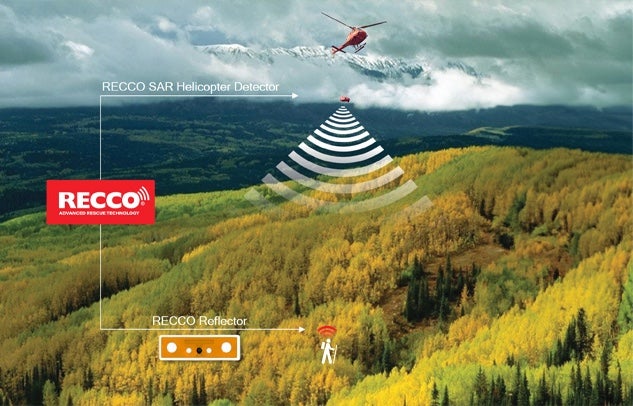
RECCO’s network includes 500+ ski resort partners, 400+ search and rescue partners, and even 36 helicopter bases! Rescue teams use a RECCO detector to find the location of the RECCO reflector that’s integrated right into the Moraine! Wow.
Lastly, for only the most advanced hikers out there. Intense hikers who take on extreme conditions and terrains, including those bucket-list level “14ers”. “14ers”/“Fourteeners” in case you don’t know, is a term that refers to any mountain that exceeds 14,000 feet of elevation. Adventurers like that need a lot from their hiking boots. If you’re in that camp, we’d recommend either of these two options:
- The Kailash line – including the Kailash Plus or the Kailash Trek.
- Zodiac Plus – Mens and Womens
They are some of the most durable and supportive boots on the market. The only step up from these are full-blown Mountaineering boots.
Hiking Tips – Speed Round!
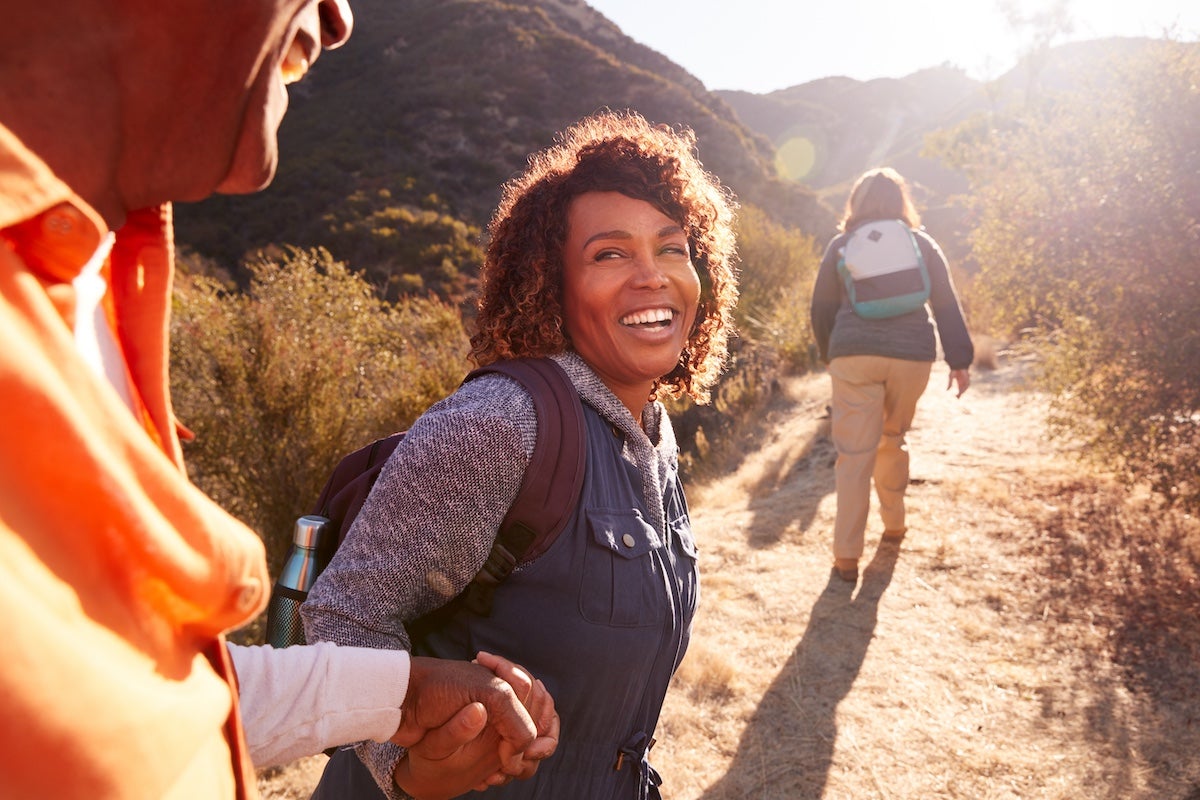
Take plenty of water.
Hydration backpacks are the perfect hiking companion. They hold a lot of water, make carrying it a lot easier, and their built-in straws let you stay hydrated on the move. If you’re going into the backcountry, carrying a product like a LifeStraw is always a good idea. They’re a self-contained water purifier, allowing you to drink directly from streams, rivers, and more.
Plan ahead.
The more adventurous the hike, the more important planning becomes. Plan your route. Research the wildlife in the area and know how to safely interact with them if you cross paths. Check if there is poison ivy, poison oak, or other similar hazards in the area. Bring a trail map and a compass in case you get turned around. If your going digital for your adventure, be sure to download your trail map as most remote locations don’t have a good signal. Tell a friend or family member what your hiking plan is, where you’re going, when you expect to be back, etc.
Hike with a first aid kit.
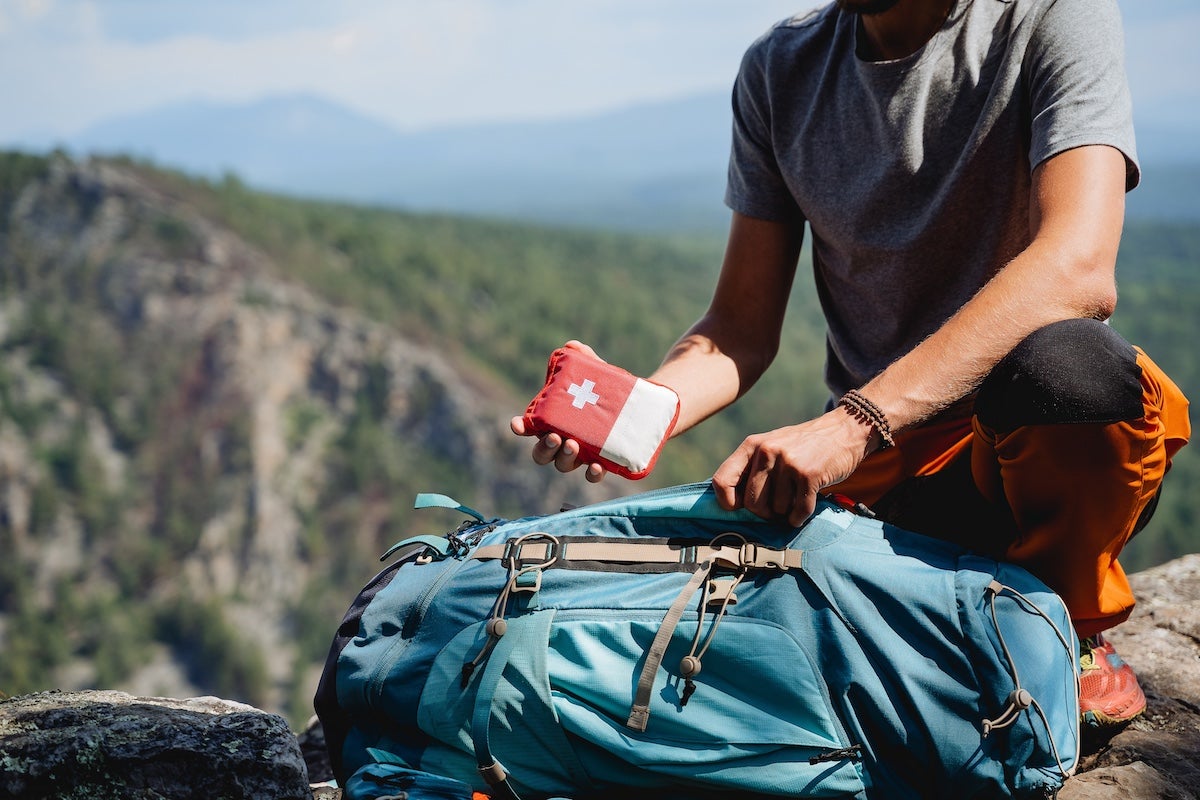
Accidents happen, no matter how careful you are. And when you’re out in nature, your treatment options are very limited. A simple first aid kit will help you handle a variety of situations. Common injuries like a sprained ankle, a bloody knee, cuts, blisters, etc. are quickly and easily treated with even the most basic first aid kit.
Learn advanced wilderness skills.
As the adventures get more intense, having more skills in your repertoire is a must. Here’s a quick list of more advanced skills that serious hikers should consider learning: basic rock climbing technique, safe river crossing strategies, poisonous & edible plant identification, sky/cloud identification that could help you anticipate dangerous weather changes, fire starting, shelter building, how to make tools from materials around you, and advanced navigation techniques.
In the end, remember that hiking is a pastime for everyone—beginners, experts, kids, seniors, and everything in between. It pushes us towards a healthier body, a clearer mind, and a genuine, uninterrupted, connection with nature. So, no matter how you hike, hopefully, you can use these tips to help you safely enjoy the great outdoors. Now, go lace up your boots (we’d recommend some SCARPA boots), fill a pack with the essential gear, and set out with confidence.
Happy hiking!
This article was brought to you by SCARPA

